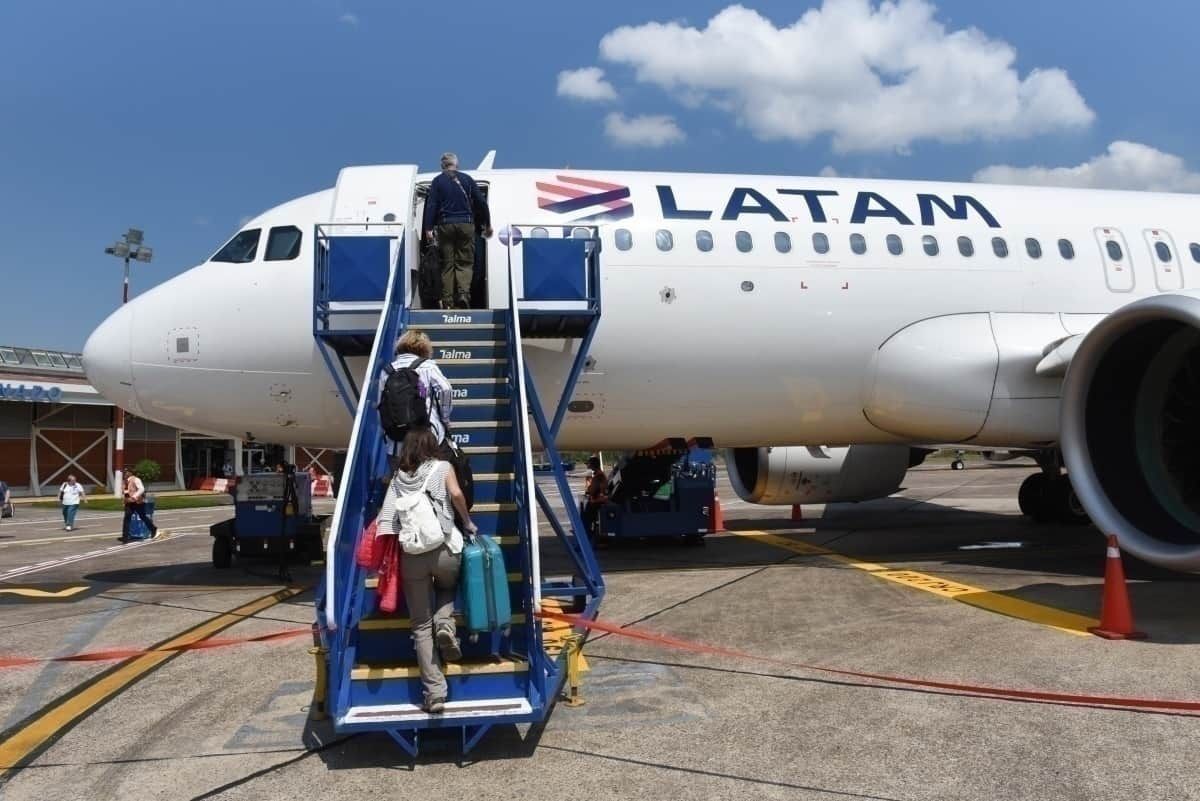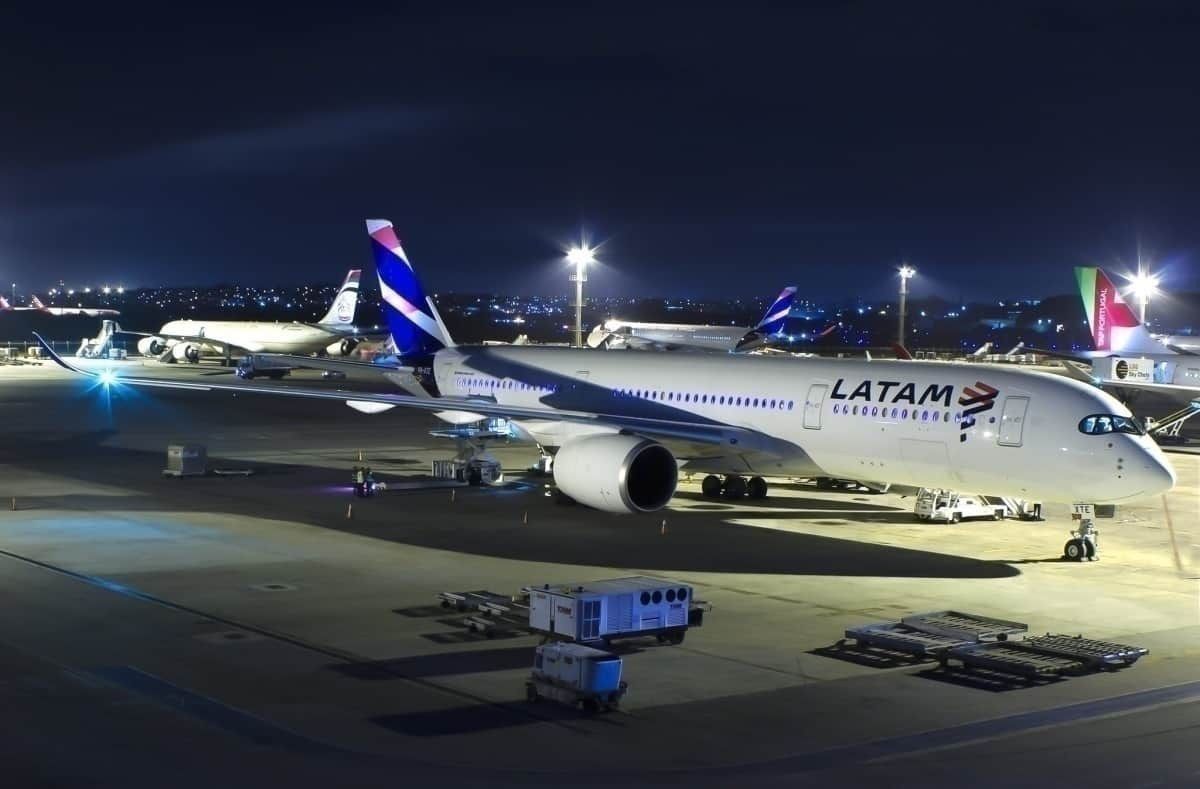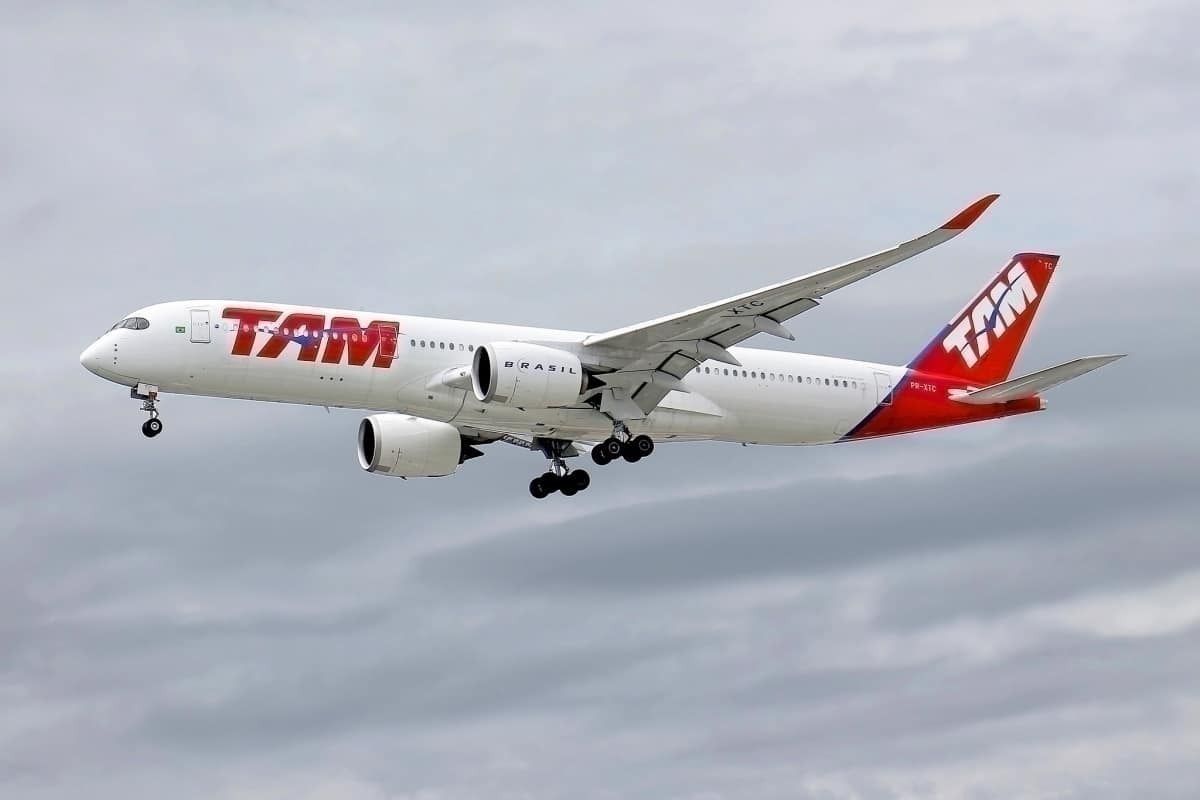LATAM Brazil’s CEO, Jerome Cadier, said that the skeleton network of flights mandated by the Brazilian government since the beginning of April isn’t working. At least not for the airline as it swiftly burns through its cash flow. He added that the ideal thing would be to stop flying. The problem is that his airline can't.
The ideal scenario would be to stop flying
In an interview with local newspaper O Globo, Cadier said that LATAM should stop flying altogether. He added that right now, the airline is burning fuel while not getting any positive results.
In April, LATAM Brazil, GOL, and Azul are operating a skeleton network to keep the country connected as mandated by the government. They operate 1,241 flights every week to 46 destinations across Brazil, a 91.61% reduction of the normal number of weekly domestic flights in the country.
Currently, LATAM Brazil is operating 25 daily flights from Congonhas International Airport, in Sao Paulo. This number of operations represent just 3% of normal, pre-coronavirus activity.
Of the situation, Cadier said “We are burning fuel. Our route map today doesn’t pay the variable costs. The only two countries we are currently flying in are Chile and Brazil because the governments asked us to do so. The smart thing to do right now would be to stop flying.”
Every other country in Latin America, except Mexico, is currently closed. Some airlines like Avianca have said that this is the worst crisis in history, and their future is in jeopardy. But still, the worst is yet to come, said Cadier.
The need to keep costs down
Jerome Cadier expects that after the pandemic disappears, travel demand will not be high. He aims the demand will be between 30% and 40% until 2021. He had previously added that the pre-crisis levels would arrive in the next two or three years.
The combination of low load factors and the excess of airplanes in the market will put pressure on the airlines, Cadier said. Consequently, free market competition will drive down ticket prices, which will make it harder for airlines to recover with low-profit margins.
“It is going to be a very tough scenario. Whoever doesn’t have their costs down, will not survive,” Cadier said.
And let’s remember that before the pandemic, Latin America was already a tough place for business. The airlines in the region lost US$0.50 per passenger last year and expected to have minimal profit margins in 2020.
More airlines likely to disappear between 2021 and 2022
Finally, Jerome Cadier said that there are going to be two waves in this crisis. We’re currently in the first wave, and the main objective is to keep costs down and save as much as possible.
To do it, LATAM Brazil will try to operate with a 25% reduction in costs per flight hour. How? By changing the crews’ wages and renegotiating leasing and supplier contracts.
Cadier had asked for more flexibility from everyone. New passengers will be anxious about the hygiene measures on board. This means that the airline may have to reduce its capacity from 180 to 120 seats by blocking the middle seat.
Airlines will also have to be flexible with their plane tickets. No one is going to fly if they have no certainty that they will be able to change their flying date.
After that, he said that this is not an easy task. “Maybe some airlines will survive this first wave. But I expect that many will disappear between 2021 and 2022,” he said.
Do you think many airlines will disappear between 2021 and 2022? Let us know in the comments.



